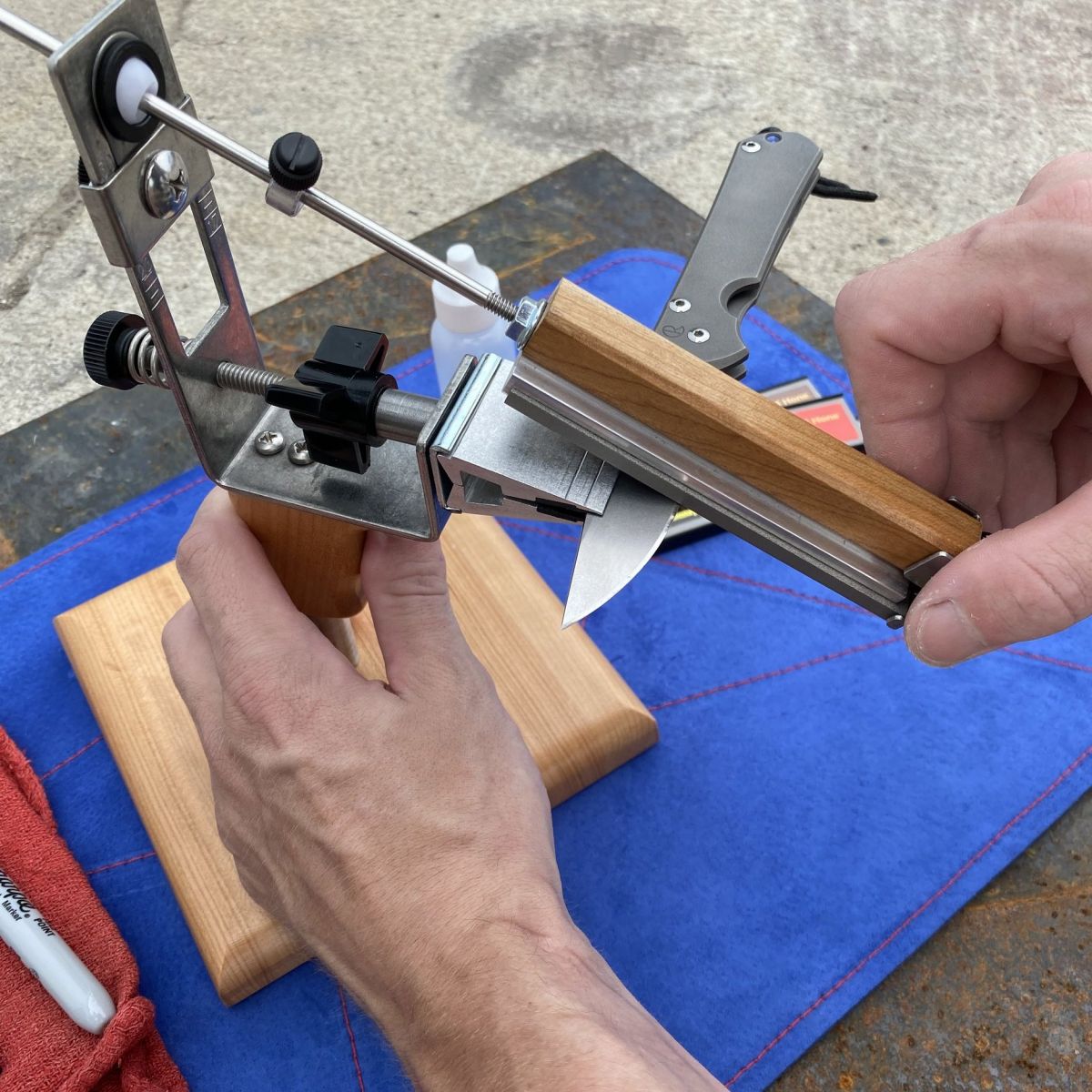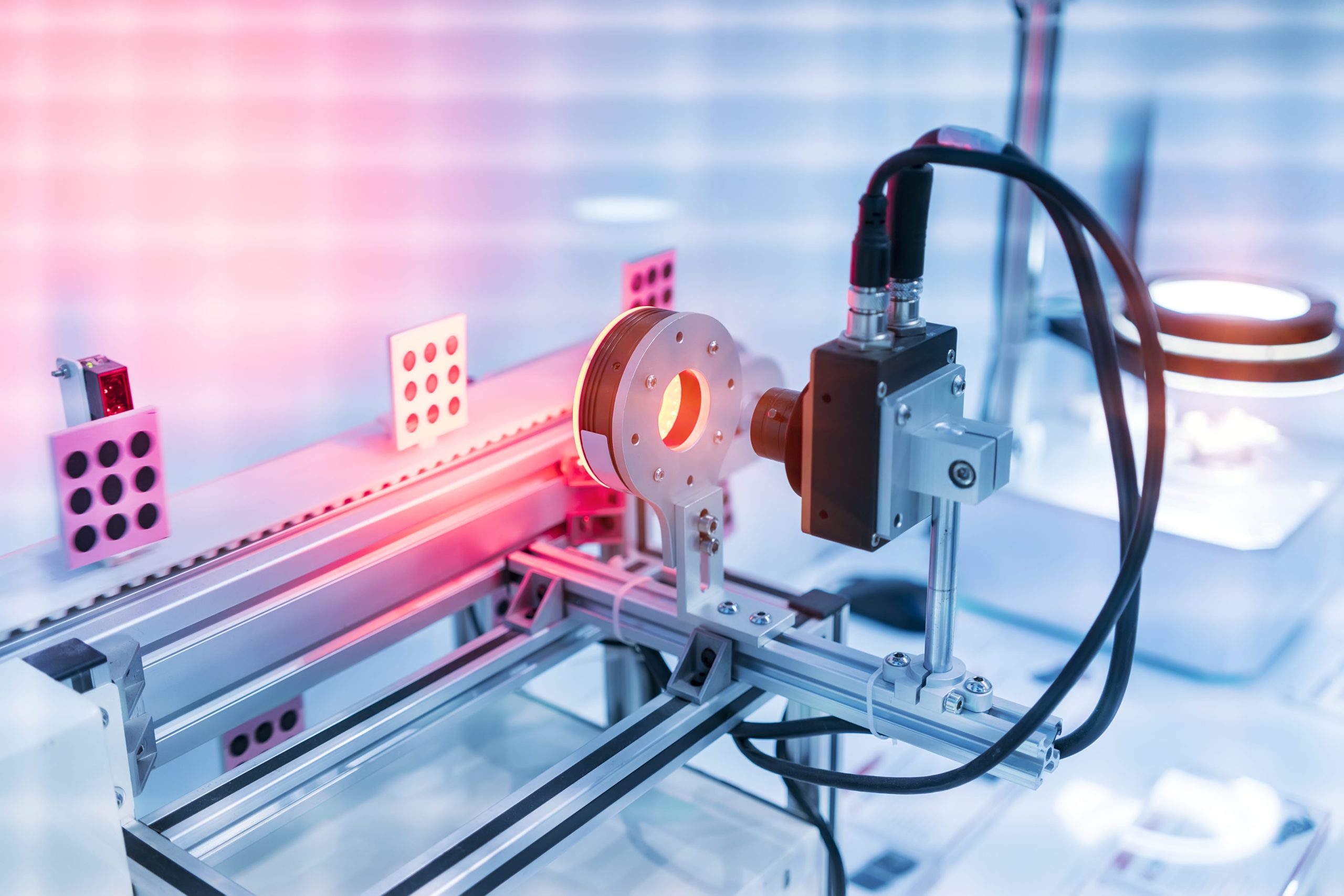In today’s fast-paced construction and manufacturing industries, efficiency and adaptability are essential. One standout piece of equipment that has significantly transformed production processes is the double layer roll forming machine. Known for its ability to produce two distinct profiles within one compact system, this machine is revolutionizing metal forming across the globe.
Whether you’re a manufacturer aiming to maximize output or a contractor seeking flexible panel options, understanding the full capabilities of a Double layer roll forming machine can offer substantial advantages. In this comprehensive guide, we’ll explore how this machine works, its benefits, common applications, and how to choose the right one for your business.
What is a Double Layer Roll Forming Machine?
A double layer roll forming machine is a versatile metal forming machine designed to produce two different panel profiles using one equipment frame. It operates with two separate forming stations—an upper and a lower—controlled via an automated switch system. This setup allows operators to switch between two profiles without stopping production or changing the tooling manually.
Typically used for metal roofing sheets, wall claddings, and decking panels, the double layer roll forming machine is ideal for businesses that need flexibility without compromising on speed or accuracy.
How Does It Work?
The process of roll forming involves feeding a coil of metal through consecutive sets of rollers, each set performing an incremental part of the bend, until the desired profile is formed.
In a double layer configuration, the machine includes two such forming paths—one on top of the other. Operators can select the required profile through a control panel, which raises or lowers the forming tools accordingly.
This eliminates the need for multiple machines, reducing downtime and saving floor space in production facilities.
Key Benefits of a Double Layer Roll Forming Machine
1. Enhanced Production Versatility
One of the primary reasons to invest in a double layer roll forming machine is the ability to switch between profiles with minimal effort. This is particularly useful for companies that need to manufacture different panel types, such as corrugated and trapezoidal, for diverse construction needs.
2. Space-Saving Design
Instead of dedicating floor space to two separate machines, a double layer machine consolidates operations into one unit. This is a major advantage for manufacturers working in smaller facilities or looking to optimize their layout.
3. Cost Efficiency
While the upfront investment may be slightly higher than a single-layer machine, the long-term cost savings are substantial. You reduce labor, lower maintenance costs, and require less equipment.
4. Quick Profile Changeover
Traditional machines require time-consuming manual changes when switching profiles. With a double layer roll forming machine, the switch is automated and takes only minutes.
5. Consistent Quality
Thanks to advanced automation and precision rollers, the output quality remains consistent regardless of the profile selected. This consistency reduces material waste and improves overall customer satisfaction.
Applications of Double Layer Roll Forming Machines
The flexibility offered by a double layer roll forming machine makes it suitable for a wide range of industries and products, including:
- Metal roofing panels
- Wall cladding systems
- Steel decks
- Ceiling sheets
- Custom profile applications
Construction firms, prefabrication companies, and even agricultural building suppliers find great utility in this type of equipment.
Choosing the Right Double Layer Roll Forming Machine
When investing in a double layer roll forming machine, several key factors should guide your decision:
1. Profile Customization
Ensure the machine supports the specific profiles you need. Custom dies and tooling should be available based on your project requirements.
2. Material Compatibility
Check the gauge range and metal types the machine can handle. Common materials include galvanized steel, aluminum, and color-coated coils.
3. Automation Features
Look for a machine with PLC (Programmable Logic Controller) systems, automatic cutting, and easy profile switching.
4. Speed and Capacity
Different machines offer different output speeds and coil handling capacities. Match the machine’s performance to your production targets.
5. After-Sales Support
Choose a supplier like [Roll Forming Machine] that provides excellent technical support, spare parts availability, and training services.
Maintenance and Safety Tips
To keep your double layer roll forming machine in optimal condition, regular maintenance is essential.
- Daily cleaning: Remove metal shavings and dust after each use.
- Lubrication: Ensure moving parts are well-oiled to prevent wear and tear.
- Check alignment: Regularly inspect the roller setup to maintain precision.
- Follow safety protocols: Always operate the machine with guards in place and emergency stops accessible.
Why Choose [Roll Forming Machine]?
At [Roll Forming Machine], we specialize in providing state-of-the-art double layer roll forming machine solutions tailored to your specific needs. We offer:
- Customized profile designs
- Industry-leading automation systems
- Robust build quality and durability
- Exceptional customer service and technical support
Our machines are built for long-term performance, helping you boost productivity and reduce operational costs.
Future Trends in Roll Forming Technology
As technology advances, the future of roll forming is shifting toward smart manufacturing. Some trends to watch include:
- AI-driven quality control
- IoT-enabled remote diagnostics
- Energy-efficient motors
- Fully digital profile programming
A modern double layer roll forming machine integrates many of these technologies, ensuring your production line is future-proof and competitive.
Frequently Asked Questions (FAQ)
1. What materials can be used with a double layer roll forming machine?
Most machines can handle galvanized steel, aluminum, stainless steel, and pre-painted coils. However, always verify the material compatibility before purchase.
2. Can I create custom profiles with this machine?
Yes, many manufacturers like [Roll Forming Machine] offer customization options to produce unique or proprietary profiles.
3. How long does it take to switch between layers?
Typically, the transition between the two profiles takes only a few minutes thanks to the automated switching system.
Conclusion: Upgrade Your Production with a Double Layer Roll Forming Machine
In the modern metal forming industry, the need for flexibility, efficiency, and space-saving equipment has never been more pressing. A double layer roll forming machine is an excellent investment for businesses seeking to maximize productivity without expanding floor space or increasing labor costs. Click here to return to the homepage and unlock more content.



